
We live in one of the most beautiful and unique ecosystems on the planet. How often do you get out into nature? Are you a regular hiker, swimmer, snorkeler, gardener, or surfer? Do you run trails, mountain bike, or birdwatch? Even in Hawai’i it’s easy to get stuck in a rut. You commute to work on packed highways, spend most daylight hours indoors at work or school, and drive home often in the dark. Then you watch some TV and off to bed to repeat again the next day. Weekends can fill with household chores, childcare, errands, and social obligations. It’s no wonder so many people are disconnected from the natural world, and struggle with insomnia, anxiety, obesity, headaches, and so on.
Why make the effort? We’re so busy, why find time for nature? According to the American Psychological Association exposure to nature has been linked to many benefits including improved attention, lower stress, better mood, reduced risk of psychiatric disorders, and interestingly–improved empathy and cooperation.
There is also increasing amounts of research correlating many physical health benefits with at least 120 minutes per week spent in green areas (forests, trails, urban parks) and blue areas (rivers, ocean, beaches.) A study published in Nature describes decreased risk of cardiovascular disease, obesity, asthma hospitalizations, diabetes, and more.
Children who spend time in nature also benefit significantly. Increased physical activity outdoors improves Vitamen D absorption to build strong bones, may decrease risk of childhood obesity, can reduce stress, and improve sleep. A study in Pediatrics found positive associations with activities such as spending time in residential or school greenspace, nature walks, gardening, and wilderness experiences.
Lucky we live Hawai’i – we can get ourselves and our families outdoors year-round with great weather and a variety of natural environments to explore. Here are a few ways to get 120 minutes a week in the natural world:
- Walk through urban parks, such as Kapiolani or Ala Moana. Make note of the weather, (is it windy, humid, cloudy?) birds and other wildlife, trees and plants. Apps such as Seek and Merlin can help you identifity plants and birds.
- Grab your phone or camera and find some natural beauty to photograph. Focus on crashing waves, plumeria flowers, coconut palms, lava rock — whatever sparks your interest.
- If you have any outdoor space of your own, plant something. Take the time to really care about a tomato plant or Hawaiian chili pepper and it may reward you with a tasty snack.
- Have breakfast, lunch, or dinner outdoors at the beach or in a park.
- Start a nature journal. This is a great way to learn about the plants, animals, and ecosystems in your area.
- Exercise outdoors. Take a surfing lesson, join an outdoor boot camp workout, try Yoga on stand-up paddleboards, or ask your personal trainer to work with you outside.
- Join a nature conservation group and volunteer to watch over monk seals, weed invasive species, or help protect and plant coral.
- Take a whale watching or manta ray snorkeling tour. Make sure the tour group is ethical, doesn’t harrass the marine life, and has a spotless safety record.

- Sign up for your first trail run. Yes it’s okay to walk!
- Learn a new outdoor sport like canoe paddling, pickle ball, or scuba diving.
Not sure you are strong enough or fit enough to increase your time and activity outdoors? We’re here to help! We have free lectures and screenings for improving running form and fitness for court sports like pickle ball. We offer free 1 hour fitness assessments and orientations to our medical gym services. Our massage therapists are experts at helping you release tension and muscle aches. Our physical therapists are available to chat with you during a free consultation. If you’re having pain, balance issues, or signifcant weakness, health insurance may cover your treatment.
 Don’t let stress, fitness, or health issues keep you from your goals. Call 808.373.1114 for information on medical gym and massage therapy services in our Downtown and Niu Valley clinics. Call 808.373.3555 for information on physical therapy services in our Downtown, Niu Valley, and Kaka’ako locations.
Don’t let stress, fitness, or health issues keep you from your goals. Call 808.373.1114 for information on medical gym and massage therapy services in our Downtown and Niu Valley clinics. Call 808.373.3555 for information on physical therapy services in our Downtown, Niu Valley, and Kaka’ako locations.
A hui hou!
References:
https://www.apa.org/monitor/2020/04/nurtured-nature
https://www.nature.com/articles/s41598-019-44097-3
https://publications.aap.org/pediatrics/article/148/4/e2020049155/181269/Nature-and-Children-s-Health-A-Systematic-Review?autologincheck=redirected



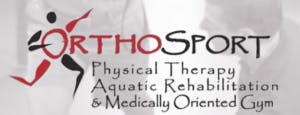

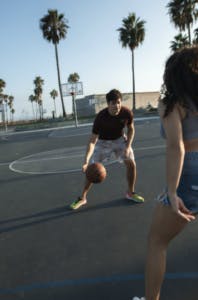 In addition we’ve seen a great number of office workers with pain from working in less than ergonomic conditions, especially those working from home on laptops or with poor home office setups.
In addition we’ve seen a great number of office workers with pain from working in less than ergonomic conditions, especially those working from home on laptops or with poor home office setups.


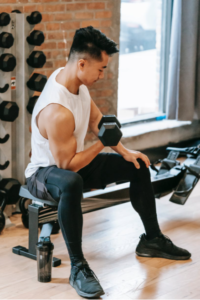 With COVID restrictions easing, people are returning to their favorite sports with enthusiasm and sometimes wild abandon. The tennis players are competing with the pickle ball players for access to courts. Surfing breaks are crowded, hiking trails and national parks are packed with people. There are lines of cars waiting for parking at many gyms, sports fields, and beach parks.
With COVID restrictions easing, people are returning to their favorite sports with enthusiasm and sometimes wild abandon. The tennis players are competing with the pickle ball players for access to courts. Surfing breaks are crowded, hiking trails and national parks are packed with people. There are lines of cars waiting for parking at many gyms, sports fields, and beach parks.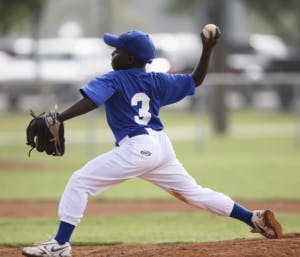

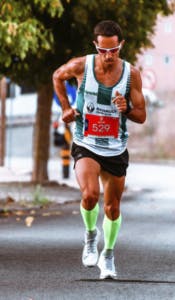
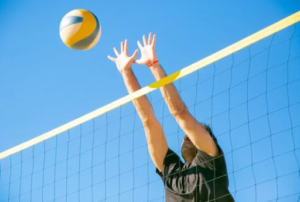
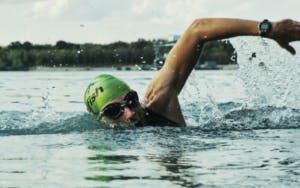


 Now, let’s say that an author does
Now, let’s say that an author does 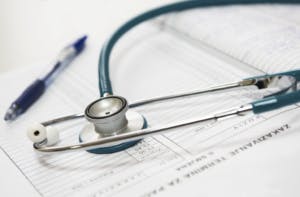
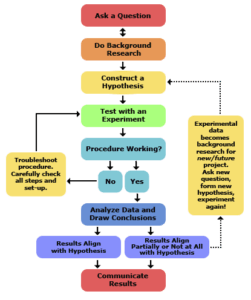
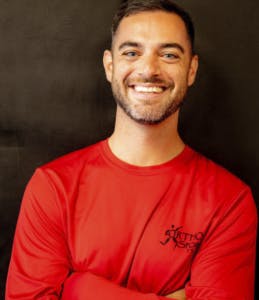 By THOMAS FASULO OrthoSport Hawai‘i Medical Fitness Director
By THOMAS FASULO OrthoSport Hawai‘i Medical Fitness Director
